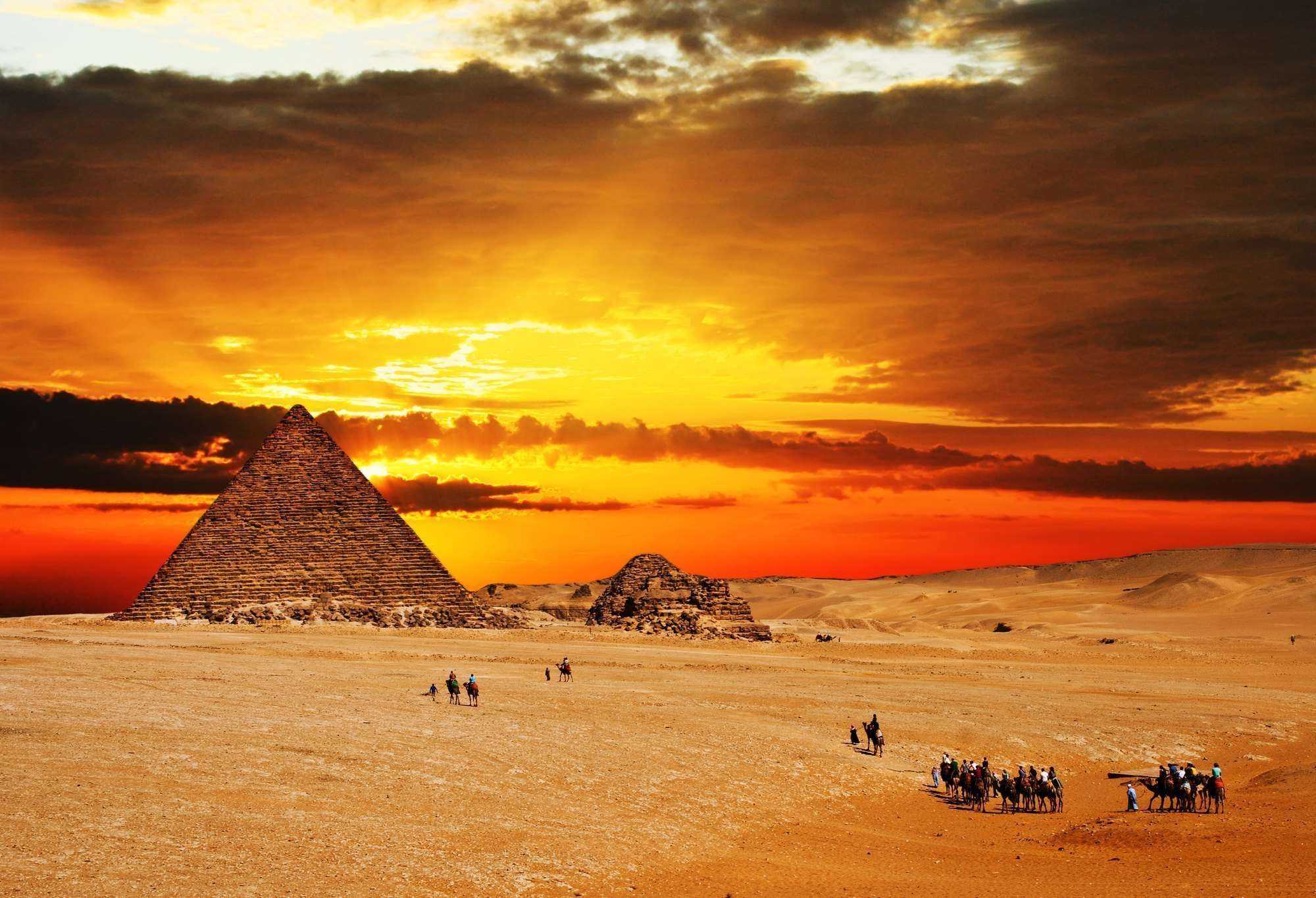BY DAVE RANKIN
New Year’s traditions may vary around the world but one thing that was for certain was that everyone had a tremendous time observing them as they rung out the year. As I was researching for this article, I also found out that New Year’s Day was actually located on different days of the calendar. I will elucidate showing some examples briefly.
For early Rome, New Years was first celebrated in March around the time of the vernal equinox until they changed to January some years later. The Chinese New Year was celebrated between January 20th – February 20th to synchronize with the lunar calendar. The Sotho people of Lesotho and South Africa celebrate their new year on August 1st to correspond with the end of the Southern Hemisphere’s winter.
As much as some of the dates differed, the one thing that remained as a central theme; it was that nature was at the helm of the celebrations. As for Ancient Kemet, they also had their own celebration.
Wepet Renpet, sometimes spelled as Wep Renpet, is literally translated as ‘The Opening of the Year.’ Like the examples we’ve stated earlier, Wepet Renpet was also celebrated to synchronize with events that happened in nature. The annual flooding of the Nile River will always remain as something that is very sacred to Kemetians.
As an earthly cycle, meaning something that transpires on earth, it was always directed by a heavenly cycle. This event, which took place in the heavens, was the reappearance of the star Sirius. Also called the ‘Star of Auset’ or ‘Sopdet’, the Sirius star was no longer visible for 70 days and then reappeared around mid-June to early July. This marked the coming flood of the Nile River but also reset the calendar. With the inundation of the flood, it left rich deposits of silt that was beneficial for the fertilization of crops.
Wepet Renpet also was a time to celebrate the rebirth of Ausar, or Osiris something that we’ve mentioned in previous articles. The Sirius star was a representation of Auset who ‘opened the way’ for the rebirth of her slain husband. With Auset and Ausar, who in the mythos were responsible for the cyclical production of nature, it would make sense. For Auset to advise of when her husband would return, this was a sign for the people that the land would become fertile once more. I understand that there are some of us who would love to read more about the mythology surrounding the Ausarian Drama; I advise that you consult Dr. Muata Ashby or Mustafa Gadalla for their simplified approach.
The celebration around this time included lots of food and drink with dancing and singing playing an integral part as well. What varied, was the length, as I haven’t been able to find an exact number of days. Most of the research I came across said that it depended on the time period. What I did find that was interesting was the reciting of what was called as the Lamentations of Auset and Neb-het, the sisters who helped each other during the myth. Basically the ancient Kemetian text outlines what was recanted as a calling to the soul of Ausar to rejoin the living.
With passages such as:
Glorify his soul! Establish his dead body!
Praise his spirit! Give breath to his nostrils and to his parched throat!
Reading this, we can understand why this was seen as a powerful invocation to be performed at the beginning of this prestigious celebration.
As always our ancestors have left us with a tradition deeply rooted in nature, Wepet Renpet will forever serve as a reminder that we celebrate what nature has provided for us.

